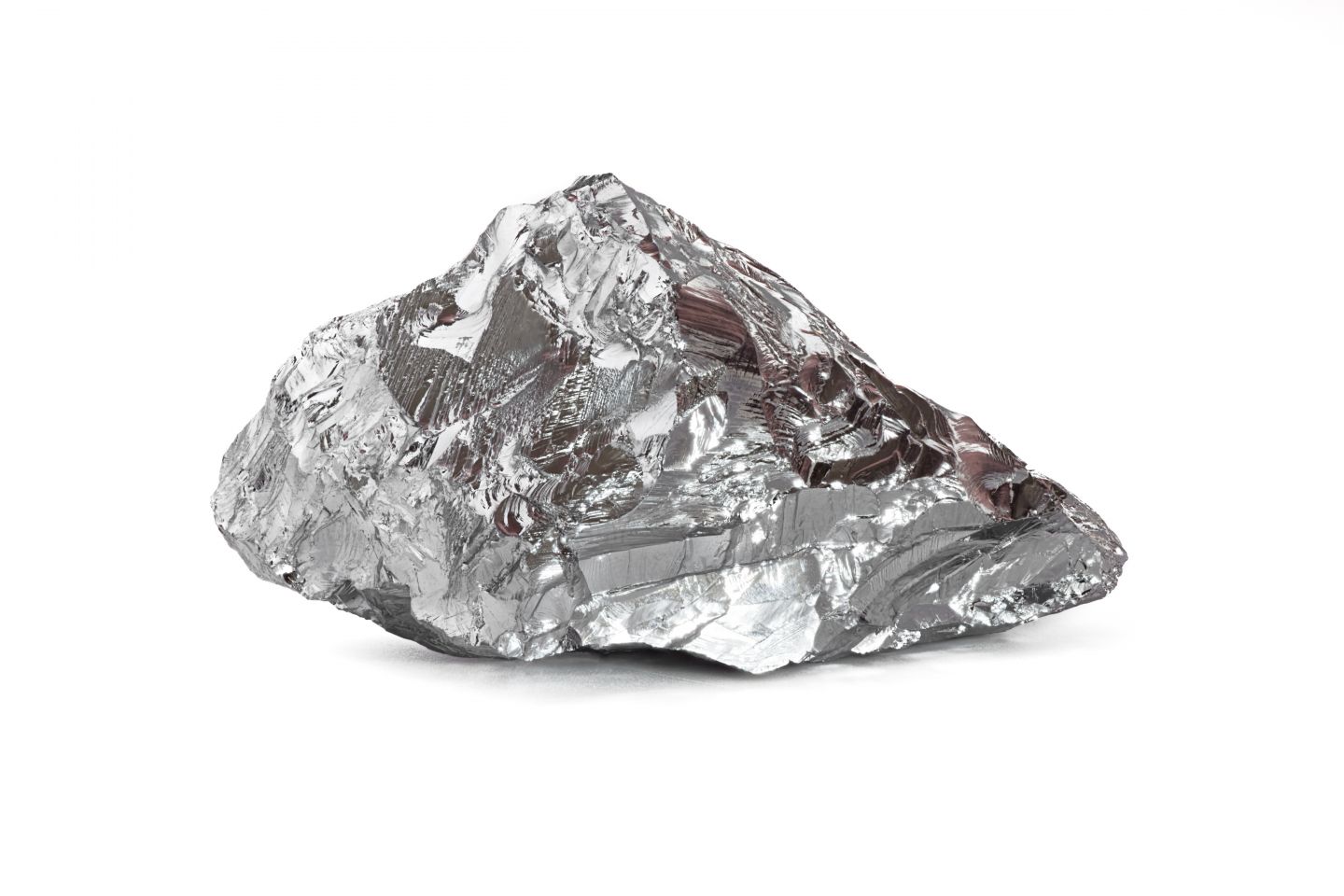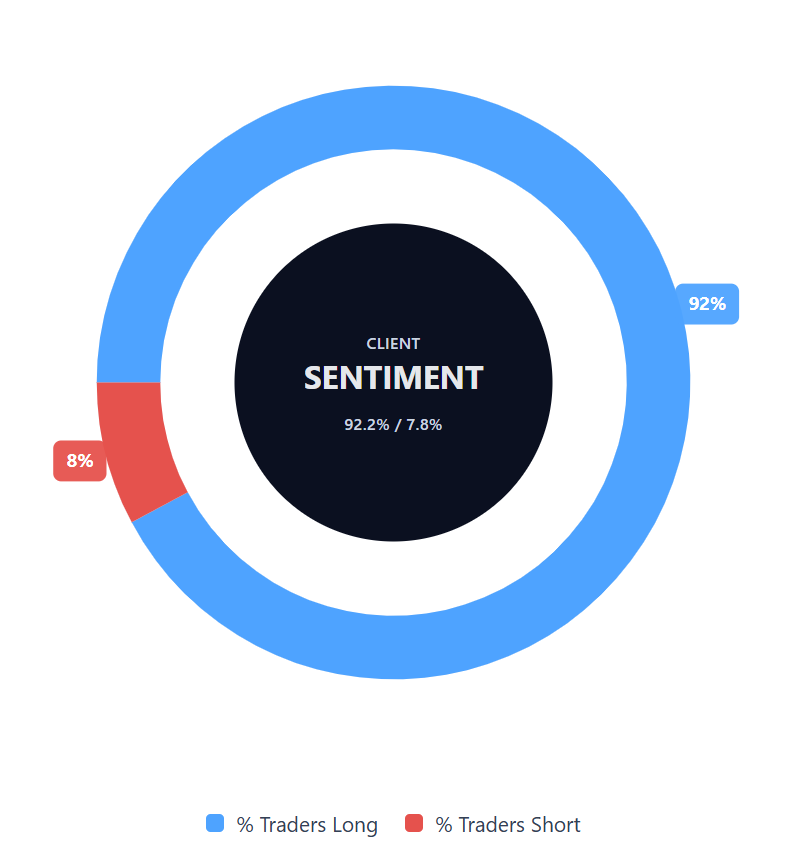Nickel price forecast: Third-party price targets
Nickel is trading near $15,403 at 16:25 UTC on 15 September 2025, within an intraday range of $15,295-$15,472.
Prices remain close to the session high, with volatility holding near recent levels.
The market is under pressure from persistent global oversupply, driven by expanded Indonesian production and slower demand growth in the electric-vehicle battery sector. LME nickel inventories continue to rise, while the US dollar index has edged higher, making dollar-priced commodities more expensive for overseas buyers (Reuters, 5 June 2025).
Nickel price forecast 2025-2030: Analyst price targets
Wood Mackenzie (market outlook)
Wood Mackenzie points to continued oversupply from Indonesian production, forecasting a market surplus through 2030. Despite this, prices have stayed near $15,000 per tonne. US tariffs have introduced volatility. The firm highlights battery chemistry shifts towards lithium iron phosphate (LFP), reducing nickel use in EVs, while stainless steel demand is expected to grow. However, imbalances are likely to persist (Wood Mackenzie, 21 May 2025).
DeVere Group (price outlook)
DeVere Group projects subdued prices averaging $15,500-$16,000 per tonne in 2025, reflecting oversupply. The firm notes expanding Indonesian output, reduced EV demand, and growing inventories, with short-term rallies possible but sustained gains unlikely (DeVere Group, 11 August 2025).
Wallet Investor (algorithmic forecast model)
Wallet Investor projects prices rising from about $15,940 in October 2025 to $16,370 in December 2025, with peaks near $17,700 in early 2026. The model signals a moderate bullish outlook based on technical factors and market trends (Wallet Investor, 16 September 2025).
Past performance and forecasts are not reliable indicators of future results. Analyst price targets are based on assumptions that may not play out, and actual outcomes may differ significantly.
Nickel price: Technical overview
Nickel trades at $15,403 at 16:25 UTC on 15 September 2025, holding above a cluster of moving averages (20/50/100/200-DMAs at ~15,047 / 15,054 / 15,114 / 15,361). The 14-day RSI is 56.3 (upper neutral) and the ADX is 9.5, signalling a weak trend.
On the upside, 15,449 is the first level to watch, with a daily close above pointing to 15,612. On pullbacks, support sits at 15,124 (daily pivot) and then the 100-DMA at 15,114. A break lower could expose 14,962 (TradingView, 15 September 2025).
This technical analysis is for informational purposes only and does not constitute financial advice or a recommendation to trade.
Past performance isn’t a reliable indicator of future results.
Follow the nickel live price with our nickel price chart.
Capital.com’s client sentiment for nickel
As of 15 September 2025, 92.2% of open Nickel CFD positions are long vs 7.8% short, showing a clear tilt towards buyers. This snapshot may change as positions are updated.
CFDs are complex instruments and carry a high risk of losing money rapidly due to leverage.

FAQ
Is nickel a good investment?
Whether nickel suits your portfolio depends on your objectives and risk tolerance. As of mid-September 2025, analyst views are mixed, with oversupply balanced against modest recovery in EV demand.
Could nickel go up or down?
Nickel may rise on stronger industrial demand or production cuts, while inventory growth or a firmer US dollar could weigh on prices. Forecasts vary, reflecting sensitivity to supply and demand shifts.
Should I invest in nickel?
Trading nickel CFDs lets you act on short-term price movements without owning the metal. However, CFDs are traded on margin. Leverage above 1:1 magnifies both your gains and your losses. Alternatively, nickel-related equities or physical exposure may suit longer horizons. Any decision should reflect your experience, timeframe, and risk management approach.